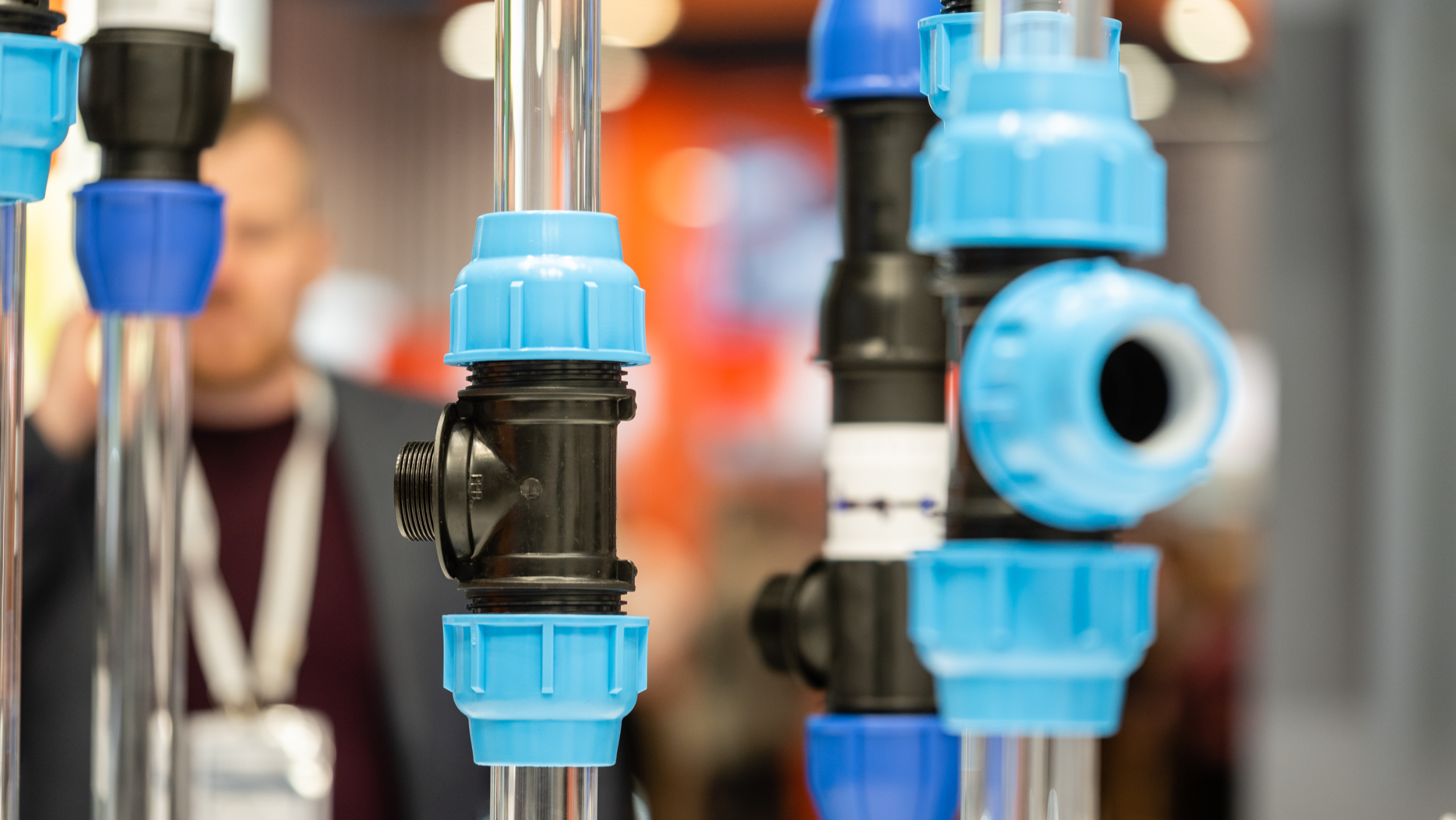Partners for a future-oriented sanitary and HVAC industry
Over recent years, original equipment manufacturers (OEMs) have come to play an increasingly important role in the sanitary and HVAC sector. With increasing pressures on costs and ESG targets, sanitary and HVAC equipment manufacturers are looking for new ways and partners to make their production more efficient and establish a resilient, sustainable supply chain.
This is particularly important because the economy in the sanitary and HVAC sector is likely to remain dynamic in 2024, too. Following a difficult phase, there is now hope for a turnaround in the sanitary sector. Demand for sustainable solutions continues to be noticeable in the heating sector. The business climate in the industrial sector is improving significantly, while the sanitary and HVAC wholesale trade continues to decline.
Resilience through regionalisation and supply-chain transparency
OEMs in the sanitary and HVAC sector are responding to upheavals in global supply chains by relying more and more on regional networks of suppliers, a trend that is also called reshoring or nearshoring. This not only ensures the production continuity but also reduces the time and money spent on the transport and logistics of sanitary and HVAC components. Last but not least, the carbon footprint of sanitary and HVAC equipment also benefits from shorter transport routes.
While sanitary and HVAC supply chains are becoming ever more complex and dynamic, the issue of supply-chain transparency is also growing in significance. The driving forces behind this development include national and global regulations for greater sustainability and ethics in supply chains, e.g., the European Corporate Sustainability Due Diligence Directive (CSDDD). Innovative technologies such as blockchain, IoT and artificial intelligence can be used to improve the traceability of materials and components – for greater supply-chain compliance and reliability.
From components to complete solutions
In addition to supplying individual components, OEMs also act as modular and system suppliers by offering prefabricated modules, such as boilers, heat pumps and air-conditioning systems, that manufacturers can integrate into their complete systems. Using prefabricated solutions of this kind reduces development times and means new products can be launched onto the market more quickly.
The increasing digitalisation of buildings to create smart homes/smart buildings is expected to give a further boost to demand for networked complete systems. By integrating IoT (Internet of Things) and intelligent control systems into sanitary and HVAC equipment, an increasing number of OEMs are offering solutions that can be integrated seamlessly into networked building systems, which will strengthen their position as technological driving forces.
From supplier to label
While many OEMs in the sanitary and HVAC sector operate as classic private-label manufacturers, a growing number of companies are also launching their own brands onto the market. These OEMs develop and distribute sanitary and HVAC end products, many of which are regarded as high-quality alternatives to established brands.
Developing and marketing own-brand products provides OEMs with an additional source of income and further strengthens their market position. At the same time, consumers benefit from a larger selection of high-quality sanitary and HVAC equipment, which is often sold at a lower price.
